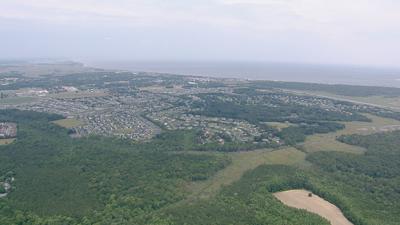Sussex County has recently faced concerns regarding the frequency of outdoor activities being limited due to poor air quality.
Even on a clear, sunny day, we are not in the clear. The threat of invisible poor air quality remains. Ozone, is formed when nitrogen oxide combines with sunlight. Angela Marconi, the Director of the DNREC Division of Air Quality, highlighted transportation as the biggest contributor to ozone pollution. Marconi stated, "75% of our NOx emissions come from the transportation sector."
Even 9-year old, Brody Bayless of Ellendale says he pays attention to the air quality to see if he can enjoy his favorite outdoor activities, like fishing, safely. When asked if he was concerned about the air quality impacting his ability to be outside this summer, he responded, “yes, absolutely."
DNREC officials are particularly concerned about hot summer days with minimal wind, as these conditions trap ozone near the surface. Ozone's effects are good up high but bad nearby. Ozone in the stratosphere acts as a protective layer against harmful UV radiation from the sun. However, when ozone is trapped in the troposphere, closer to the Earth's surface, it poses health concerns.
While ozone pollution poses a risk to everyone, certain groups are more sensitive to its effects. Marconi pointed out that individuals with asthma, the very young or elderly, and those with breathing difficulties may be more affected by ozone exposure.
To mitigate the risks associated with poor air quality, it is recommended that everyone checks the air quality forecast daily, particularly during the summer months. This advice extends beyond smoky days experienced recently. The air quality forecast can be accessed here.







